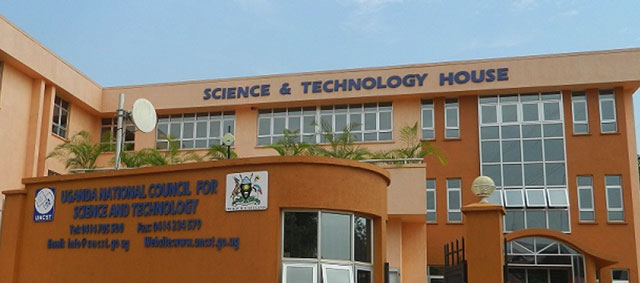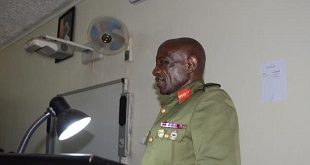
Kampala, Uganda | THE INDEPENDENT | The Minister of Science and Technology, Dr Monica Musenero is set to name new members to the Uganda National Council on Science and Technology (UNCST) after the current holders’ term of service expired last month.
According to sources, focus will be on picking a new team that can turn Uganda into a prosperous science and technology-led society in line with the National Strategic Plan III and Vision 2040.
In a letter dated July 16 to Dr Theresa Sengooba, chairperson of the Uganda National Council on Science and Technology governing council, Minister Musenero indicated she will appont a new UNCST governing council soon.
“I hereby notify you that the extension of the tenure of the 4th council… ..will lapse on 31 July 2023. The lapsing of the extended tenure will give way for the appointment of the UNCST’s 5th Governing council,” Musenero said.
Most members of the current UNCST governing council, who were first appointed in 2005, had their latest term renewed in 2019 and have served for 18 years.
The Council was established in 1990 for the purpose of inter alia advising on and coordinating the formulation of national policy on all fields of science and technology, and for assisting in the promotion and development of indigenous science and technology.

UNCST celebrated 30 years in 2020. Their flagship service – Research clearance and registration – has undergone a complete overhaul and had the entire process digitized in the last eight years. This has improved turnaround time and continues to attract more investment in research.
Annually, more than 500 foreign nationals come to Uganda to do research, bringing with the average research investments of approximately USD 12 million. This contributes to infrastructure development, human resource capacity building, and an estimated 50,000 research-related jobs every year.
 The Independent Uganda: You get the Truth we Pay the Price
The Independent Uganda: You get the Truth we Pay the Price



Hele me